[ad_1]
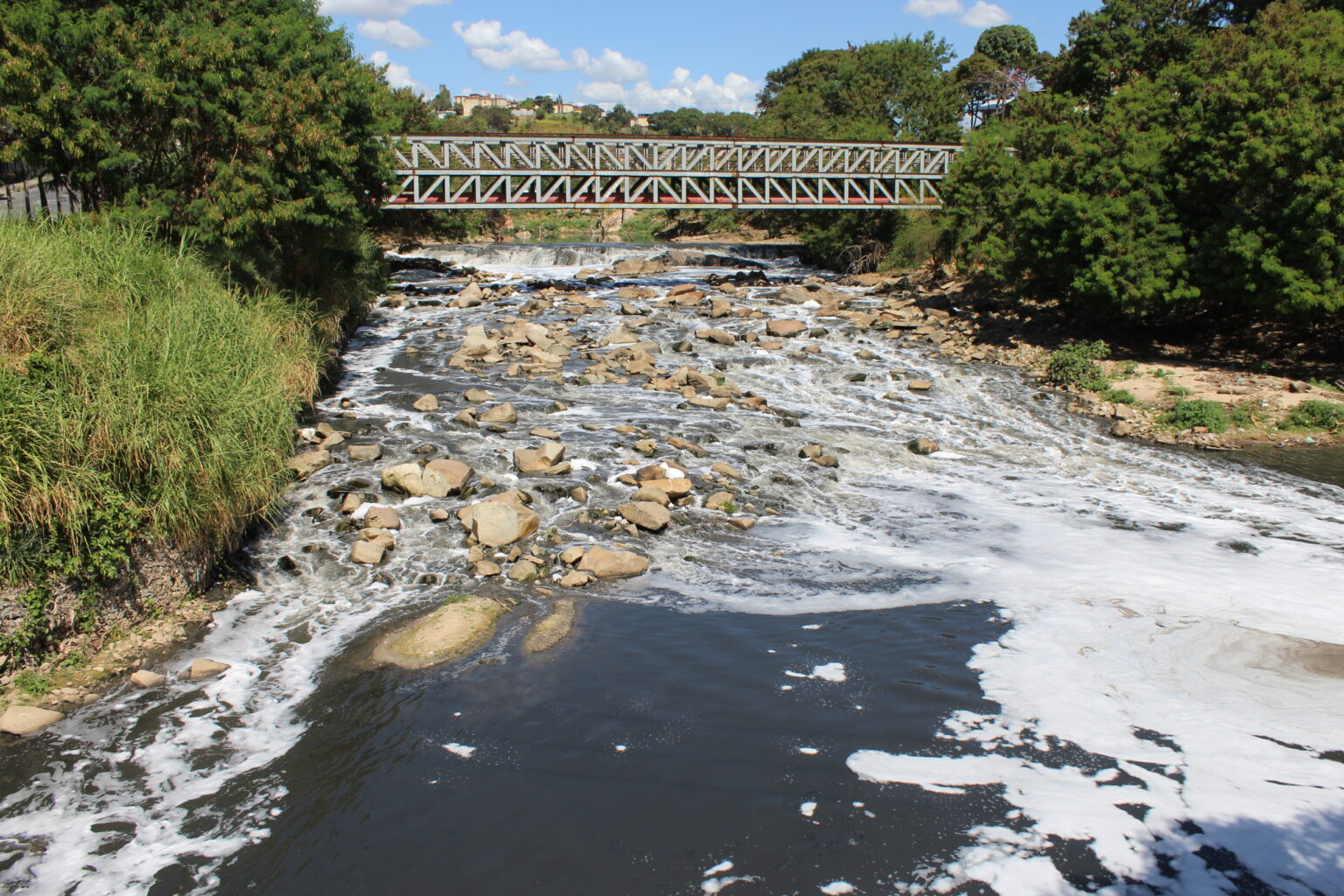
BELO HORIZONTE, Brazil, Could 17 (IPS) – “We do all the things by means of events, we do not need energy, we do not need to take over the position of the State, however we do not simply protest and complain,” mentioned Itamar de Paula Santos, a member of the United Neighborhood Council for Ribeiro de Abreu (Comupra), on this southeastern Brazilian metropolis.
Ribeiro de Abreu is among the neighborhoods most affected by recurrent flooding in Belo Horizonte, capital of the state of Minas Gerais, as it’s positioned on the appropriate financial institution of the Onça (jaguar, in Portuguese) River, on the decrease stretch, into which the water drains from a 212 sq. kilometer basin made up of quite a few streams.
Cleansing up the river and stopping its waters from persevering with to flood houses requires actions that additionally produce social advantages.
“We have now to this point eliminated 736 households who have been dwelling in high-risk conditions, on the riverbank,” Santos instructed IPS in the identical place the place precarious and regularly flooded shacks gave strategy to the Neighborhood Riverside Park (Parque Ciliar, in Portuguese), which has a backyard, soccer discipline, youngsters’s playground and fruit timber.
The undertaking, begun by native residents along with Comupra and the native authorities in 2015 and step by step applied since then, goals to increase the neighborhood park 5.5 kilometers upstream by means of a number of neighborhoods by 2025.
This contains doubling the variety of households resettled, cleansing up the Onça basin and its 9 seashores, three islands and three waterfalls, preserving nature and creating city agriculture, and creating areas for sports activities and cultural actions. All with participatory administration and execution.
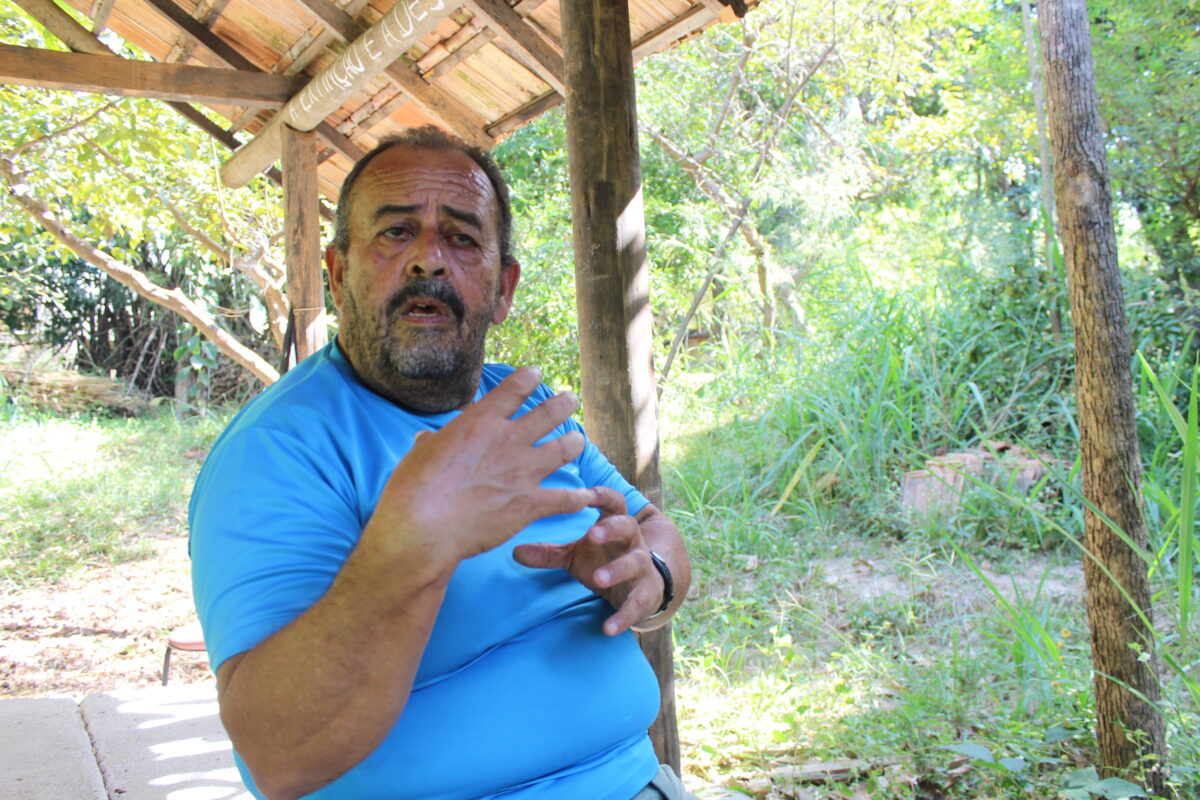
Displaced throughout the similar neighborhood
The households faraway from the flood-prone riverbank now stay principally in protected housing in the identical Ribeiro de Abreu neighborhood, which had 16,000 inhabitants on the 2010 census, however is now estimated to be residence to twenty,000 folks.
The Belo Horizonte metropolis authorities has a rule to resettle households from dangerous areas in locations not more than three kilometers from the place they used to stay, Ricardo Aroeira, director of Water Administration of the Municipal Secretariat of Works and Infrastructure, instructed IPS.
That’s the case of Dirce Santana Soares, 55, who now lives along with her son, her mom and 4 different members of the family in a five-bedroom home, with a yard the place she grows a wide range of fruit timber and greens.
“It is the perfect factor that would have occurred to us,” she mentioned. 5 years in the past she lived subsequent to the river, which flooded her shack, virtually all the time within the wee hours of the morning, yearly through the rainiest months in Belo Horizonte – December and January.
“We had bunk beds and we piled all the things we needed to avoid wasting on prime of them. Then we constructed a second flooring on the home, leaving the primary flooring to the mud,” she instructed IPS. “However I did not need to depart the neighborhood the place I had been dwelling for 34 years.”
She was fortunate. After receiving the compensation for leaving her riverside shack, an acquaintance bought her their present residence, at a low worth, with long-term interest-free installments.
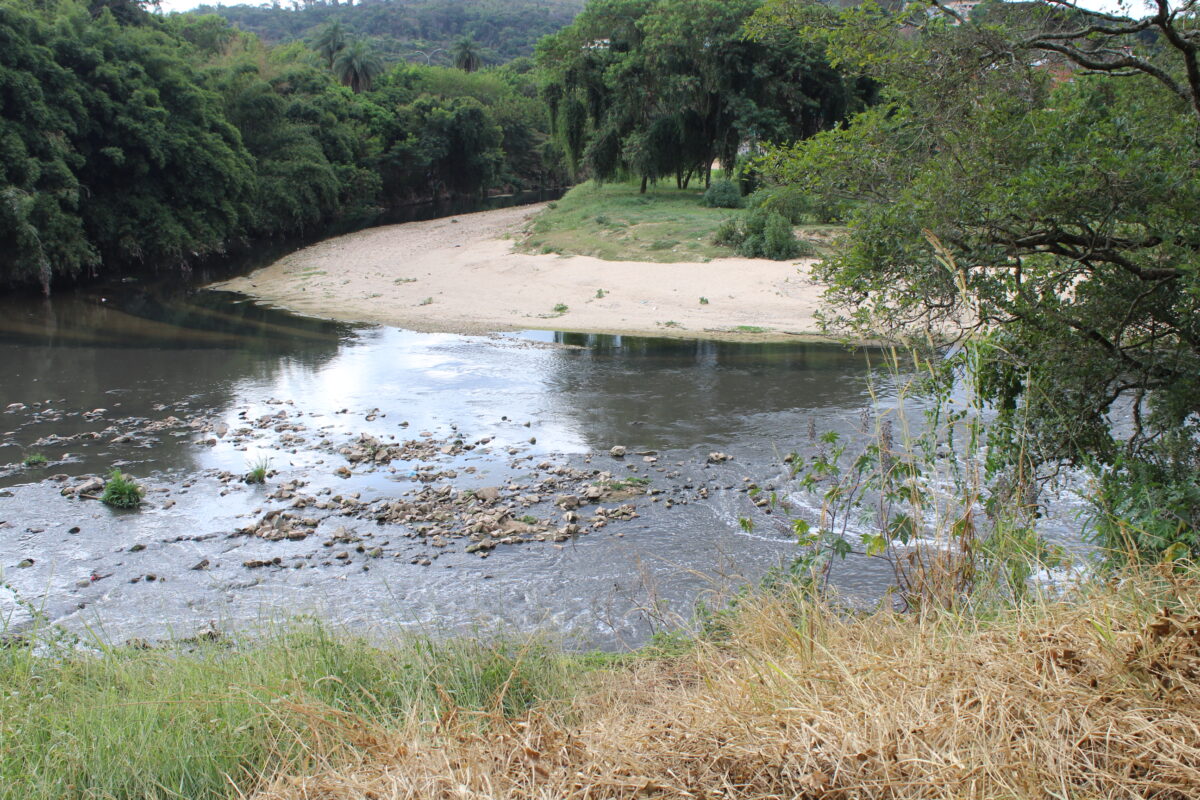
Dangerous luck
Soares, who’s now a home employee, had a daycare middle that began dropping cash within the face of the elevated supply of free nursery colleges by the native authorities, and the COVID-19 pandemic over the past two years.
Itamar Santos, a 64-year-old father of three, has additionally lived within the neighborhood for nearly 4 many years. Earlier than that, he labored as a mechanical lathe operator in different cities and for 3 years in Carajás, the big iron ore mine within the japanese Amazon, 1,600 km north of Belo Horizonte.
In 1983, in Carajás, he misplaced his proper leg when he fell right into a 12-meter nicely. “It was night-time, and there was no electrical energy, simply darkish jungle,” he defined. After the primary painful impression, he realized to stay together with his incapacity and regained the enjoyment of dwelling, with a specifically tailored automotive.
He turned an activist and amongst his achievements have been free bus tickets for paraplegics and a gymnasium for a number of sports activities. “Creating situations that allow the disabled to go away their houses is therapeutic,” he instructed IPS.
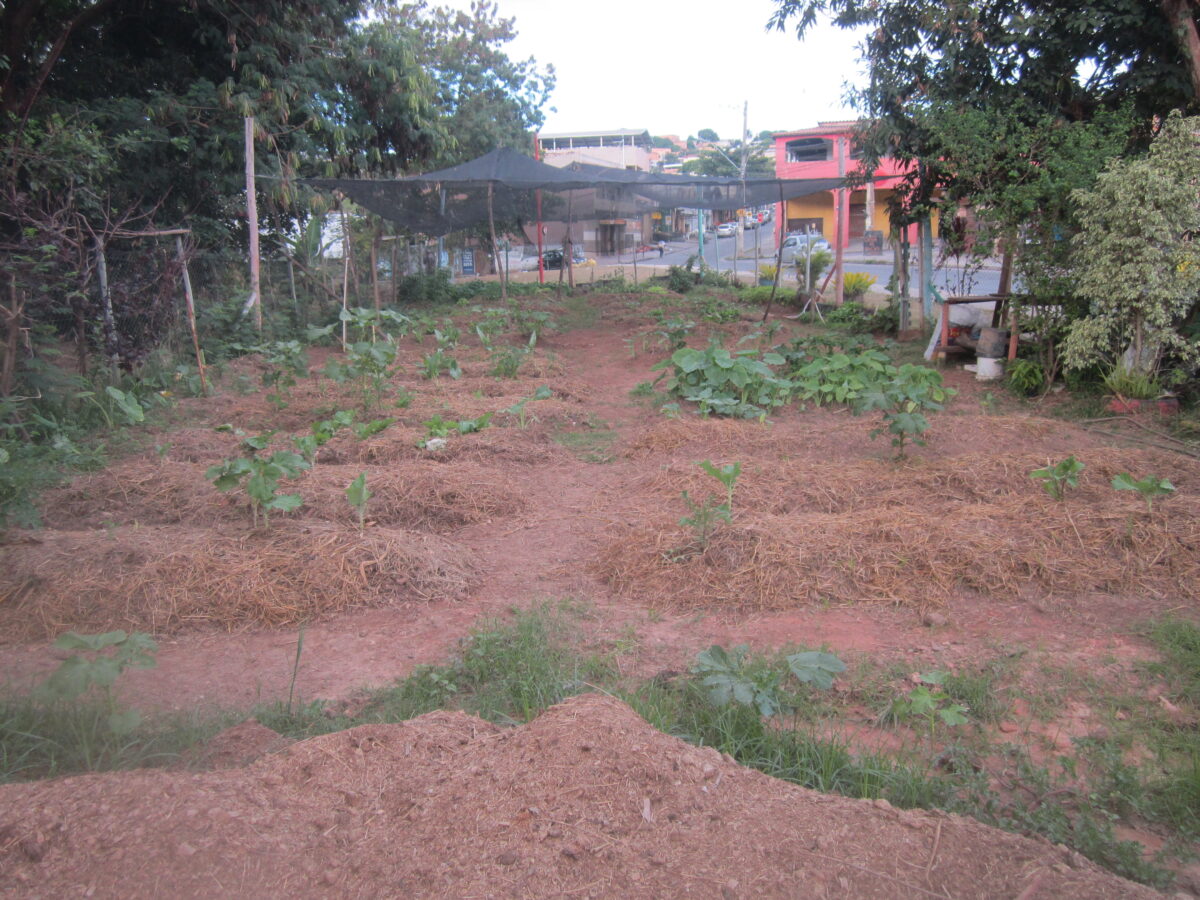
However the trigger that impassions him right this moment is the river, which in January has a heavy stream as a result of heavy rains that month, however dries up in September, within the dry season.
“Let the Onça drink clear water” is the slogan of a motion additionally promoted by Santos, to emphasise the safety and restoration of the hundreds of springs that provide the river and its tributary streams.
Yearly since 2008, this motion, pushed by Comupra, organizes conferences for reflection and debate on the revitalization of the river in riverside venues in several neighborhoods within the basin.
The festivities are additionally repeated yearly, or extra usually. Carnival brings pleasure to the native inhabitants on the seashores or squares alongside the banks of the Onça River, and big Christmas timber are arrange for the communities to return out and rejoice the vacations.
The basin, or extra exactly sub-basin, of the Onça River includes the northern half of the territory and the inhabitants of Belo Horizonte, which totals 2.5 million inhabitants. The south, which is richer, is the place the Arrudas River is positioned.
Each emerge within the neighboring municipality to the west, Contagem, and stream east into the Das Velhas River, the principle supply of water for the six million inhabitants of Larger Belo Horizonte. As they cross closely populated areas, they’re the principle polluters of the Velhas basin.
Main floods within the provincial capital happen primarily within the Onça sub-basin. The steep topography of Belo Horizonte makes the soil extra impermeable, resulting in extra disasters.
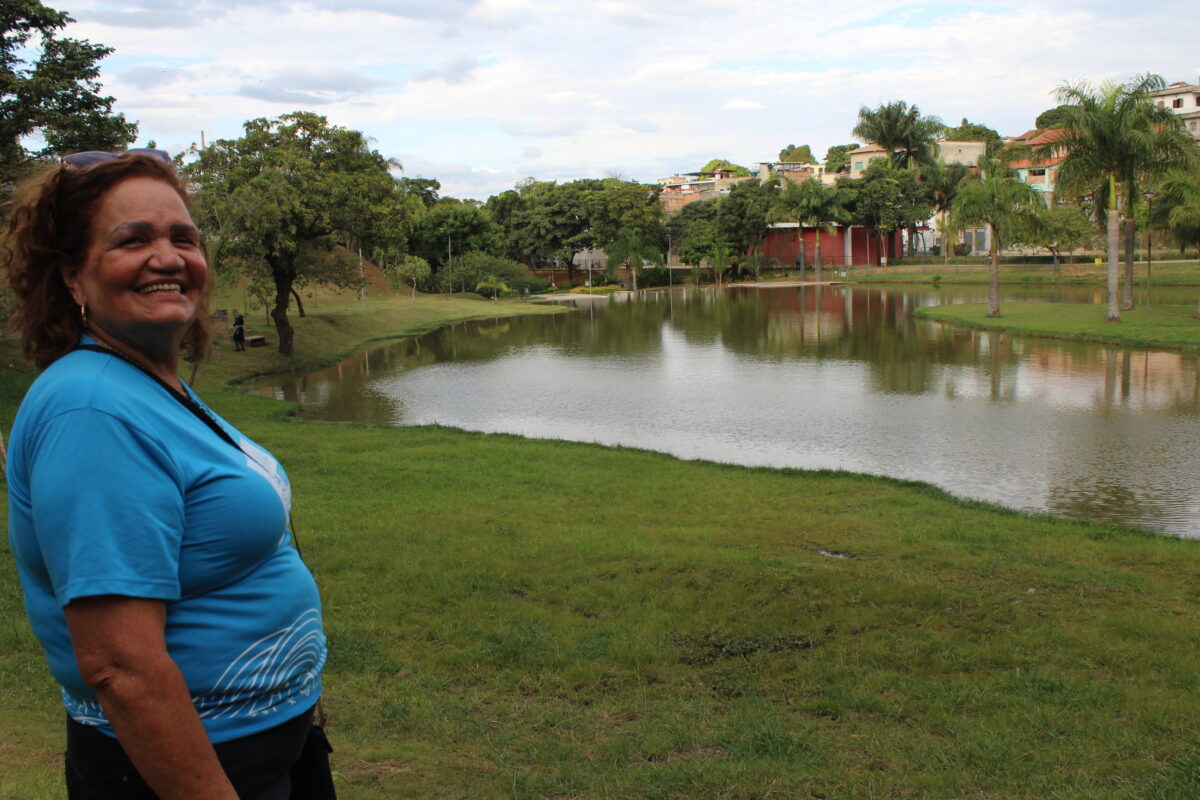
Different riverbank parks
The Belo Horizonte metropolis authorities has been engaged on drainage plans for years and has been implementing the Program for the Environmental Restoration of the Valley and Creek Bottoms since 2001.
In April it revealed the Technical Instruction for the Elaboration of Drainage Research and Tasks, beneath the overall coordination of Aroeira.
Because the finish of the final century there was a “paradigm shift,” mentioned Aroeira. Channeling watercourses was once the norm, however this “merely shifted the location of the floods.” Now the purpose is to comprise the torrents and to provide new worth to rivers, integrating them into the city panorama, cleansing them up and on the similar time bettering the standard of lifetime of the riverside populations, he defined.
The development of lengthy, slim linear parks, which mixes the clean-up of rivers or streams with environmental preservation, riverside reforestation and providers for the native inhabitants, is among the “structural” measures that may be seen in Belo Horizonte.
The participation of scholars and lecturers from three neighboring colleges stood out within the implementation in 2008 of the Nossa Senhora da Piedad Park within the Aarão Reis neighborhood, residence to eight,300 inhabitants in 2010, close to the decrease part of the Onça River.
Cleansing up the creek that offers the park its title was the key environmental and sanitary measure.
“Sewage from the complete neighborhood contaminated the stream and triggered widespread diseases among the many youngsters, akin to diarrhea, verminosis (parasites within the bronchial tubes) and nausea,” Maria José Zeferino, a retired artwork trainer at one of many native colleges, instructed IPS.
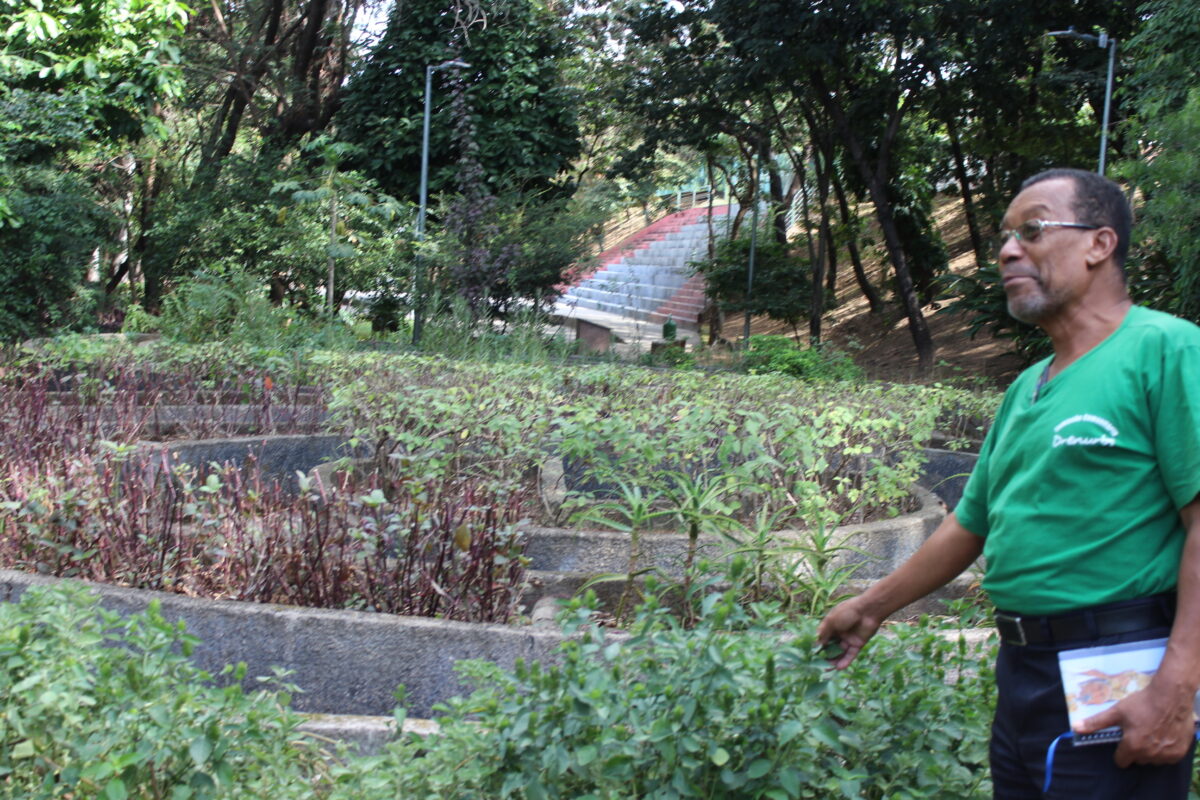
The park, which belongs to the municipality, has an space of 58,000 sq. meters, a pond, three courts for various sports activities, a skateboarding space and a paved walkway for the aged. A complete of 143 households and one farm acquired compensation to vacate the realm, leaving many fruit timber behind.
“A clear river was our dream. And the objective of the subsequent stage is to have swimming, fishing and boating within the metropolis’s streams,” mentioned Zeferino.
The Primer de Mayo Ecological Park, within the neighborhood of the identical title with 2,421 inhabitants in line with the 2010 census, was constructed through the revitalization of the stream of the identical title, masking 33,700 sq. meters alongside a winding terrain. The novelty is a medicinal herb backyard, a requirement of the native inhabitants.
“We found 70 springs right here that feed the stream that runs into the Onça River,” mentioned Paulo Carvalho de Freitas, an lively member of the Neighborhood Fee that helps the municipal administration of the park and carries out academic actions there.
“My battle for the longer term is to take away a lot of the concrete with which the park was constructed, which waterproofs the soil and goes towards one of many goals of the undertaking,” which was inaugurated in 2008, mentioned Freitas.
© Inter Press Service (2022) — All Rights ReservedAuthentic supply: Inter Press Service
[ad_2]
Source_link


